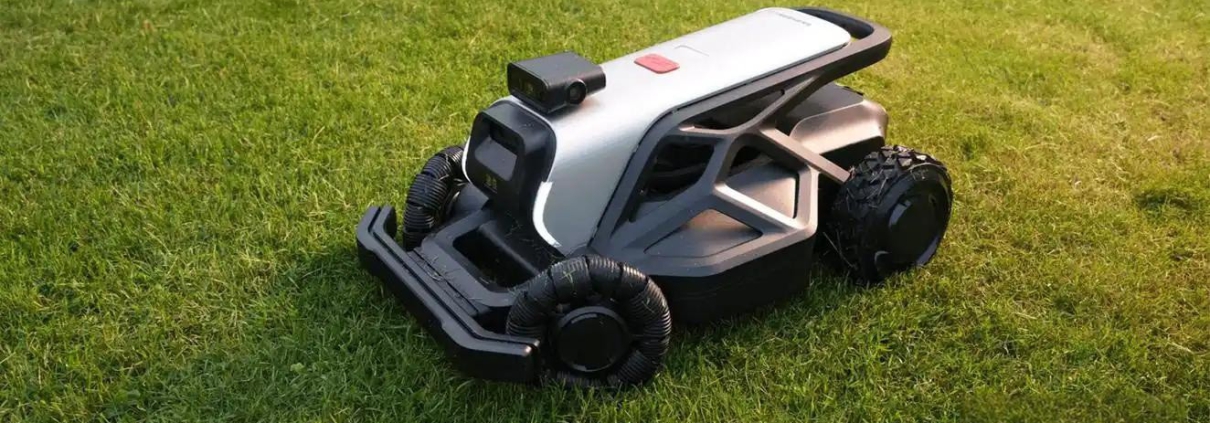How Long Do Lawn Mower Batteries Last? A Manufacturer’s Guide to Maximizing Battery Life for Commercial Clients
For commercial landscaping businesses and equipment manufacturers, the lifespan of lawn mower batteries is a critical factor influencing operational efficiency, maintenance costs, and sustainability goals. At LEOCH, a leading global battery manufacturer, we understand that B2B clients prioritize longevity, reliability, and total cost of ownership when selecting batteries for outdoor power equipment (OPE). In this article, we’ll explore the factors affecting battery lifespan, actionable strategies to extend it, technological advancements driving innovation, and future trends shaping the industry.
1. Factors Affecting Lawn Mower Battery Lifespan
Battery longevity depends on multiple variables, from usage patterns to environmental conditions. Here are the key factors commercial users should monitor:
A. Battery Chemistry
-
Lead-Acid Batteries: Traditional flooded or AGM lead-acid batteries typically last 2–4 years with proper maintenance but degrade faster under heavy use or extreme temperatures .
-
Lithium-Ion Batteries: Modern LiFePO4 batteries, like those in LEOCH’s portfolio, offer 5–8+ years of service due to superior cycle life (3,000–5,000 cycles) and resistance to deep discharges .
B. Usage Intensity
Frequent deep discharges (below 20% capacity) and extended high-load operation accelerate wear. For example, a commercial-grade mower running 8 hours daily will stress batteries more than occasional residential use.
C. Environmental Conditions
-
Temperature: Extreme heat (>35°C) or cold (<0°C) reduces capacity by up to 30% and shortens lifespan. LEOCH batteries are engineered to operate reliably in -30°C to 50°C ranges .
-
Humidity and Ventilation: Poor airflow in battery compartments increases corrosion risk, especially for lead-acid models .
D. Maintenance Practices
Neglecting tasks like terminal cleaning, equalization charges, or winter storage protocols can halve battery life .
2. How to Extend Battery Life: Best Practices for Commercial Users
To maximize ROI, B2B clients should adopt these strategies:
A. Optimize Charging Habits
-
Avoid Overcharging: Use smart chargers with auto-shutoff to prevent thermal runaway.
-
Partial Charging: For lithium batteries, partial charges (e.g., 20–80%) reduce stress compared to full cycles .
-
Winter Storage: Maintain batteries at 50% charge in a dry, temperature-controlled environment (5–20°C) .
B. Implement Preventative Maintenance
-
Monthly Inspections: Check terminals for corrosion, ensure tight connections, and clean surfaces with a damp cloth (avoid solvents) .
-
Voltage Monitoring: Use battery management systems (BMS) to detect imbalances early .
C. Match Batteries to Workloads
For high-demand applications (e.g., commercial fleets), lithium batteries outperform lead-acid in longevity and efficiency. For example, LEOCH’s LiFePO4 batteries reduce replacement frequency by 3x, lowering long-term costs9.
3. LEOCH’s Technological Breakthroughs in Battery Longevity
LEOCH has pioneered innovations to address commercial clients’ pain points:
A. Advanced Plate Grid Design
-
High-Purity Alloys: Proprietary lead-calcium-tin alloys minimize corrosion and extend cycle life by 30% compared to standard lead-acid batteries .
-
Automated Casting: Precision-controlled casting ensures uniform plate thickness, enhancing durability under heavy loads .
B. Enhanced Electrolyte Formulations
-
Colloidal Electrolyte: In LEOCH’s DJM series, this technology reduces acid stratification, improving charge acceptance and deep-cycle performance .
-
Low Self-Discharge: Patented additives limit self-discharge to <3% per month, ideal for seasonal equipment storage .
C. Smart Battery Management Systems (BMS)
Integrated BMS in LEOCH lithium batteries provides:
-
Real-Time Diagnostics: Monitor voltage, temperature, and state of charge via mobile apps.
-
Thermal Regulation: Prevents overheating in high-temperature environments .
4. The Future of Lawn Mower Batteries: Trends to Watch
The OPE industry is undergoing a seismic shift toward electrification, driven by:
A. Higher Energy Density
Next-gen lithium-sulfur (Li-S) and solid-state batteries promise 50% higher energy density, enabling longer runtime without weight penalties .
B. AI-Driven Predictive Maintenance
Integration with IoT platforms will enable predictive analytics, alerting users to potential failures before they occur .
C. Sustainability Initiatives
-
Recycling Programs: LEOCH’s closed-loop recycling system recovers 98% of battery materials, aligning with global ESG goals .
-
Cobalt-Free Chemistries: Reducing reliance on conflict minerals lowers costs and environmental impact .
5. Additional Concerns for Commercial Clients
Beyond lifespan, B2B buyers prioritize:
-
Total Cost of Ownership: Lithium’s higher upfront cost is offset by 8–12-year lifespans and reduced maintenance .
-
Warranty Coverage: LEOCH offers up to 5-year warranties for lithium batteries, reflecting confidence in their durability .
-
Compatibility: Ensure batteries match mower voltage and controller specifications (e.g., 48V systems for commercial models) .
Conclusion
For commercial users, understanding “how long do lawn mower batteries last” hinges on selecting the right chemistry, adhering to maintenance protocols, and partnering with innovators like LEOCH. As the industry pivots toward smarter, greener solutions, lithium technology will dominate, delivering unmatched efficiency and sustainability.
Ready to Upgrade Your Fleet? Explore LEOCH’s commercial-grade battery solutions and unlock decades of reliable performance.
Learn More: LEOCH Official Site | Contact Our Experts


